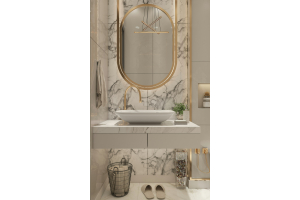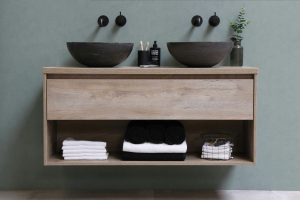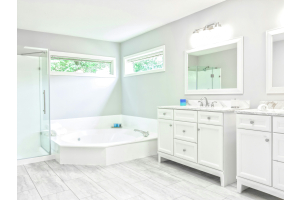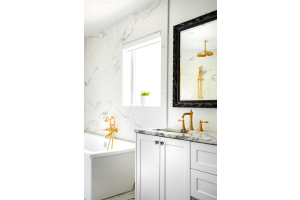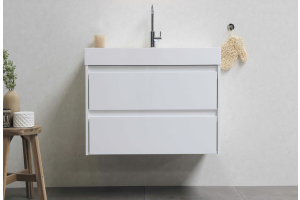There are many reasons you may need to change the lock on your commercial office doors. Maybe it’s not latching correctly, you’re upgrading the look of your office door hardware, or maybe you had a recent security breach. Luckily, changing your lock can be easy.
To change your commercial office door lock, you need to identify the type of lock you want to replace, remove your old lock, install a new lock body and exterior mortise lock cylinder, test your lock, and install the new face plate.
Whether you need to change the lock because you are enhancing your office aesthetic with our office doors, or making routine upgrades to your office’s security, we’ve compiled the ultimate guide to changing your office door locks with ease.
Step One: Identify Your Locks
There are many different types of commercial locks, so the first step is knowing which type you are trying to replace. The three main types of locks used on commercial doors are:
- Deadlatch
- Deadbolt
- Hookbolt
Hookbolts are less common for office doors, because they are generally used for automatic sliding doors, so you are more likely replacing a deadlatch or deadbolt. Deadlatches are slightly less secure than deadbolts, because they only lock the knob so that it does not turn without a key. A deadbolt has a dense bolt that extends into the wall or floor, making it impossible to force the door open if the deadlatch is compromised.
Step Two: Remove Current Lock
Next, open the door and inspect the lock stile. The main lock body should be mortised within the rail or the door and attached by two screws. To remove the lock, start by removing the faceplate using a Phillips-head screwdriver.
Once you’ve removed the faceplate, you need to remove the lock cylinders. There should be two black set screws located at the top of the lock body‒they press against the mortise lock cylinders. Use your screwdriver to loosen the screws but do not fully remove them yet! Once they are loose enough, you should be able to unscrew the mortise lock cylinders from the lock body.
Step Three: Install New Lock Body Into Lock Stile
Once you have removed the mortise lock cylinders, you can now place the new mortise lock body into the lock stile. Use your screwdriver to turn the top and bottom screws so that the lock body is now attached to the lock stile.
Step Four: Install Exterior Mortise Lock Cylinder
Double-check that the two black set screws on top of the lock body are loosened. This should allow for the new (or original) exterior mortise lock cylinder to be screwed in. You should screw in the outside mortise lock cylinder into the lock body. Then, screw in the black set screw while rotating the lock cylinder until you can feel that the set screw is in the channel.
Once you have the set screw in the lock cylinder channel, fasten the set screw tightly and repeat this process for the inside mortise lock cylinder.
Step Five: Test
You should test the outside and inside lock cylinders to confirm the deadlock is operating correctly. How do you know it’s working?
The lock bolt should easily engage when the key is turned in the lock cylinder. If it’s sticky and requires a lot of force, you may have screwed the mortise lock cylinders too tightly into the lock body. Loosen the set screws, loosen the mortise lock cylinder for a quarter rotation, and then retighten the set screws. Continue to adjust until the door locks and unlocks with ease.
Step Six: Install the Face Plate
Once your commercial office door lock is operational, you need to install the face plate onto the lock body. You can do this with your screwdriver, just make sure that the lock bolt doesn’t hit the face plate. Depending on the lock and faceplate, you may need to file down the faceplate hole so the lock bolt doesn’t rub against it when it is engaged.
Wrapping Up
Changing your office door locks can be simple with the right tools. We recommend testing your locks regularly to make sure they are fully operational and providing you with optimal security.
There are additional ways you can alter your commercial doors so that they offer you increased security, including adjusting your office door closers. For more tips and tricks for updating and upgrading your office space, check out our other posts or shop our selection of high-quality, luxury office doors today!

